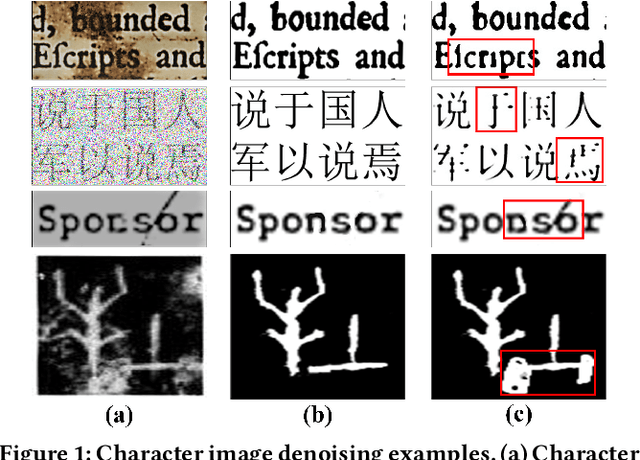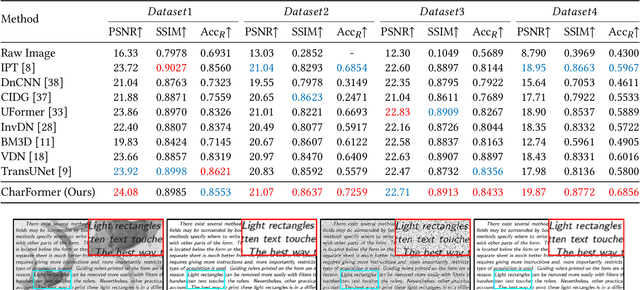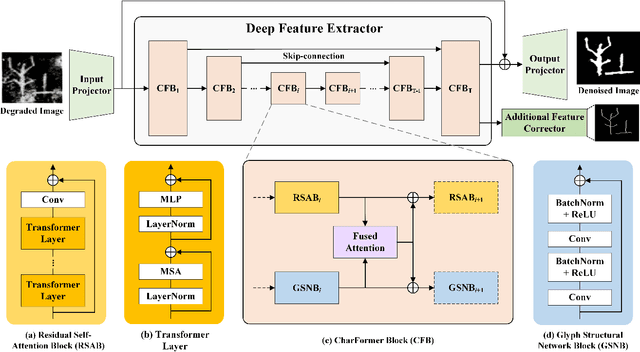Lida Shi
Self-supervised Preference Optimization: Enhance Your Language Model with Preference Degree Awareness
Sep 26, 2024



Abstract:Recently, there has been significant interest in replacing the reward model in Reinforcement Learning with Human Feedback (RLHF) methods for Large Language Models (LLMs), such as Direct Preference Optimization (DPO) and its variants. These approaches commonly use a binary cross-entropy mechanism on pairwise samples, i.e., minimizing and maximizing the loss based on preferred or dis-preferred responses, respectively. However, while this training strategy omits the reward model, it also overlooks the varying preference degrees within different responses. We hypothesize that this is a key factor hindering LLMs from sufficiently understanding human preferences. To address this problem, we propose a novel Self-supervised Preference Optimization (SPO) framework, which constructs a self-supervised preference degree loss combined with the alignment loss, thereby helping LLMs improve their ability to understand the degree of preference. Extensive experiments are conducted on two widely used datasets of different tasks. The results demonstrate that SPO can be seamlessly integrated with existing preference optimization methods and significantly boost their performance to achieve state-of-the-art performance. We also conduct detailed analyses to offer comprehensive insights into SPO, which verifies its effectiveness. The code is available at https://github.com/lijian16/SPO.
Toward Zero-shot Character Recognition: A Gold Standard Dataset with Radical-level Annotations
Aug 01, 2023Abstract:Optical character recognition (OCR) methods have been applied to diverse tasks, e.g., street view text recognition and document analysis. Recently, zero-shot OCR has piqued the interest of the research community because it considers a practical OCR scenario with unbalanced data distribution. However, there is a lack of benchmarks for evaluating such zero-shot methods that apply a divide-and-conquer recognition strategy by decomposing characters into radicals. Meanwhile, radical recognition, as another important OCR task, also lacks radical-level annotation for model training. In this paper, we construct an ancient Chinese character image dataset that contains both radical-level and character-level annotations to satisfy the requirements of the above-mentioned methods, namely, ACCID, where radical-level annotations include radical categories, radical locations, and structural relations. To increase the adaptability of ACCID, we propose a splicing-based synthetic character algorithm to augment the training samples and apply an image denoising method to improve the image quality. By introducing character decomposition and recombination, we propose a baseline method for zero-shot OCR. The experimental results demonstrate the validity of ACCID and the baseline model quantitatively and qualitatively.
CharFormer: A Glyph Fusion based Attentive Framework for High-precision Character Image Denoising
Jul 19, 2022



Abstract:Degraded images commonly exist in the general sources of character images, leading to unsatisfactory character recognition results. Existing methods have dedicated efforts to restoring degraded character images. However, the denoising results obtained by these methods do not appear to improve character recognition performance. This is mainly because current methods only focus on pixel-level information and ignore critical features of a character, such as its glyph, resulting in character-glyph damage during the denoising process. In this paper, we introduce a novel generic framework based on glyph fusion and attention mechanisms, i.e., CharFormer, for precisely recovering character images without changing their inherent glyphs. Unlike existing frameworks, CharFormer introduces a parallel target task for capturing additional information and injecting it into the image denoising backbone, which will maintain the consistency of character glyphs during character image denoising. Moreover, we utilize attention-based networks for global-local feature interaction, which will help to deal with blind denoising and enhance denoising performance. We compare CharFormer with state-of-the-art methods on multiple datasets. The experimental results show the superiority of CharFormer quantitatively and qualitatively.
 Add to Chrome
Add to Chrome Add to Firefox
Add to Firefox Add to Edge
Add to Edge